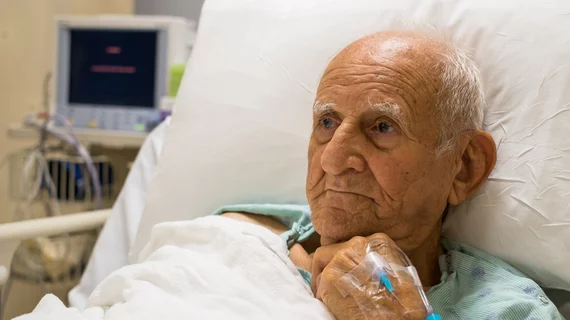How the presence of AFib can impact TAVR, SAVR outcomes
Patients with atrial fibrillation (AFib) who undergo surgical aortic valve replacement (SAVR) or transcatheter aortic valve replacement (TAVR) may need to be spend an extra night or two in the hospital, according to new data published in the American Journal of Cardiology.
“SAVR and TAVR significantly improve survival and reduces the frequency of repeated hospitalizations in patients with severe aortic stenosis,” wrote lead author Raheel Ahmed, MRCP, a cardiologist for Northumbria Healthcare NHS Foundation Trust in the United Kingdom, and colleagues. “The prevalence of AFib in patients undergoing TAVR is around 50%.”
The authors examined data from more than 69,000 patients who underwent SAVR and nearly 27,000 patients who underwent TAVR. All patients presented with severe aortic stenosis and were treated in the United States from 2011 to 2017. The SAVR group included a higher percentage of male patients (65.2% vs. 54.1%) and a lower median age (71 years old vs. 82 years old).
The rate of pre-existing or new-onset AFib was 40.1% among SAVR patients and 30.9% among TAVR patients. Patients with AFib tended to be older and were more likely to be male.
Overall, AFib was associated with longer lengths of stay (8 days vs. 6 days) and higher healthcare costs ($46,792 vs. $42,880).
On the other hand, AFib it did not appear to increase a patient’s risk of in-hospital mortality.
“The in-hospital mortality associated with SAVR and TAVI increased with age, which may be explained by increasing comorbidities and frailty,” the authors wrote. “When the overall risk factor profile of the patients was considered, AFib was not found to increase in-hospital mortality.”
“These findings should help improve communication with patients and during the process of obtaining informed consent,” the authors concluded.
Read the full analysis here.

